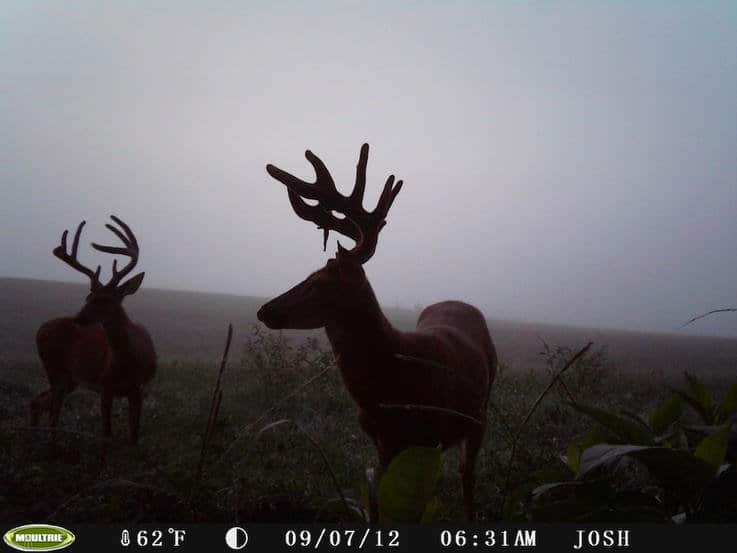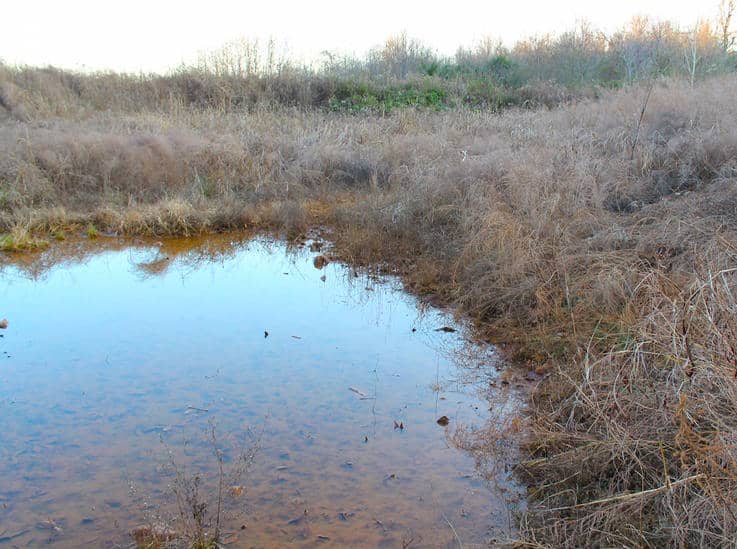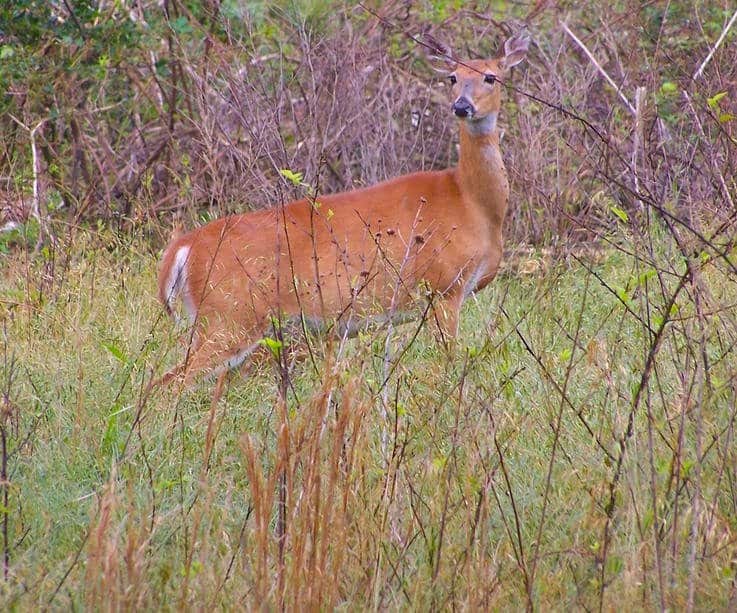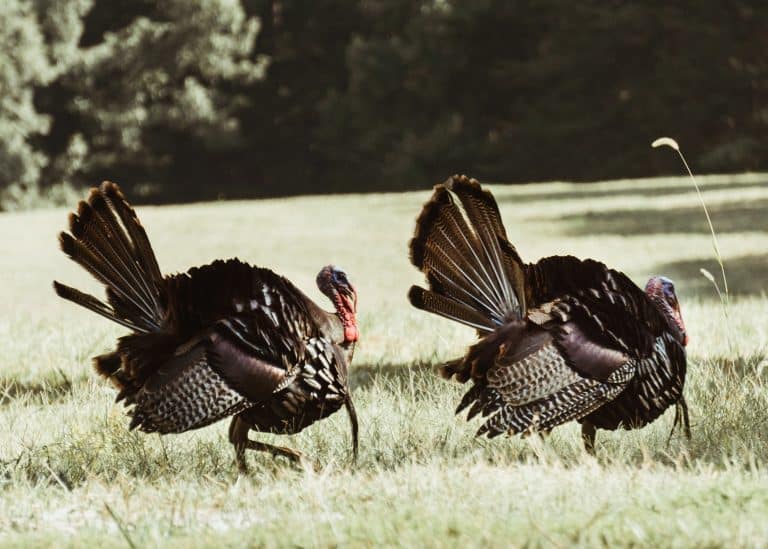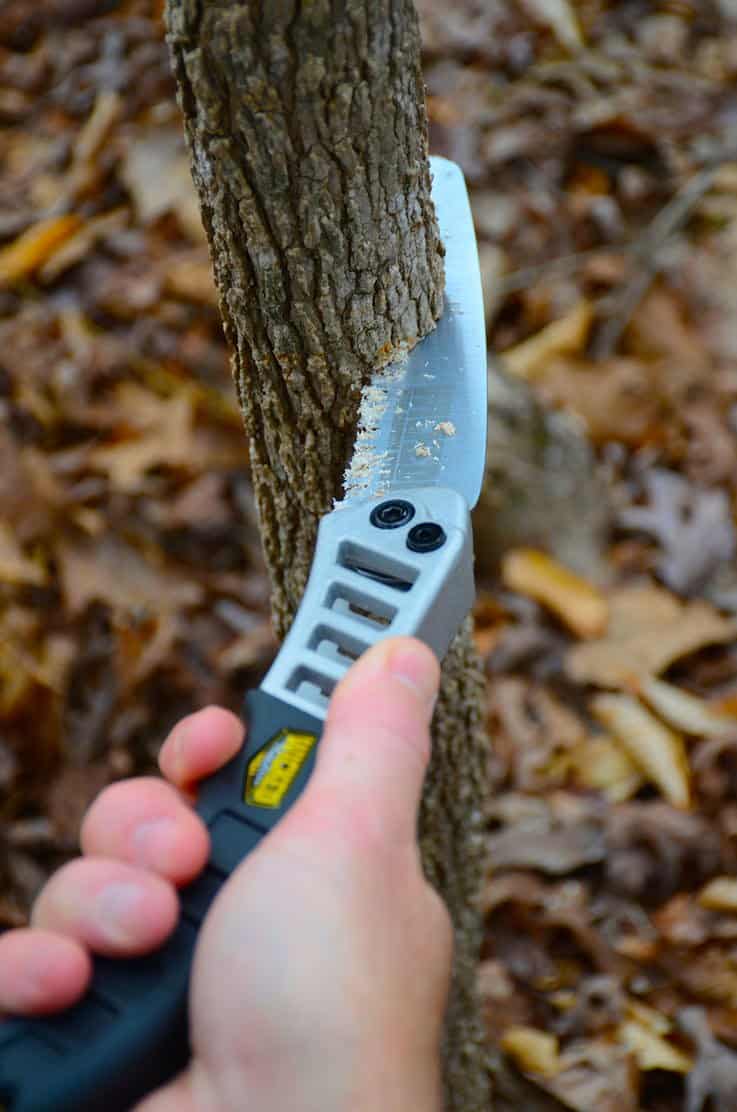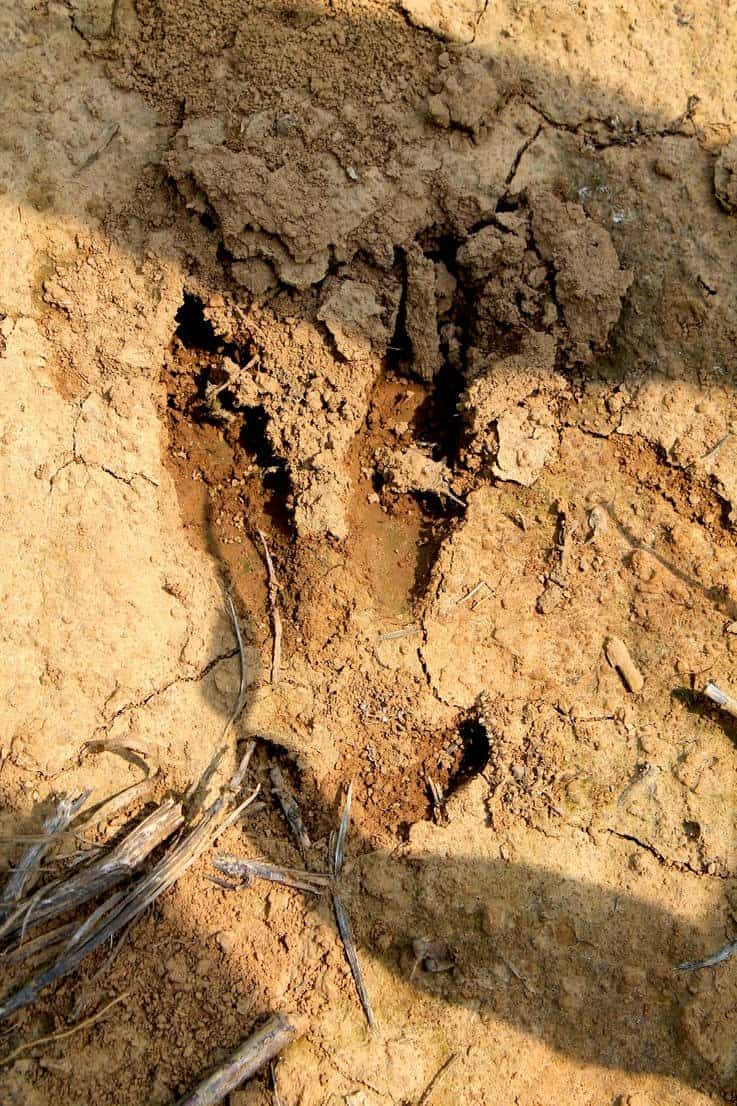The 20 Biggest Deer Research Discoveries of the Last Decade
I had the pleasure of giving one of the educational seminars at NDA’s Whitetail Weekend this spring, right before all heck broke loose with COVID-19. My talk led day one and was entitled the 20 Biggest Deer Research Discoveries of the Last Decade. I poured my heart into it, diving deep into the deer research archives, journals, conference proceedings and more to really deliver the goods on what I felt made the cut. The feedback from that seminar was positive – I know because there were lots of elbow bumps – yet, when I ended, we had numerous requests to gain access to the information. Our staff immediately felt it was a shame some attendees had to cancel their plans to be with us, and that we needed to share this information with all NDA members and interested deer hunters, not just those who were fortunate enough to attend that weekend.
I’ve given talks at past QDMA National Conventions about mature buck movements and excursions that produced a similar outcry from our members, which resulted in me writing a complementary article or web blog, or both, after the fact. So, you’d think I would know by now to start with the pen and follow up at the microphone.
Maybe next time.
The following are not in any particular order, and were subjectively chosen in my professional opinion relative to all the amazing deer research that has come out since 2010.
Enjoy!
1 – Deer See in Slow Motion
In 2017, University of Georgia (UGA) researcher Eryn Watson determined what is known as the flicker-fusion rate of deer, which is the speed of processing visual images. She found deer receive visual information faster than we do and are much more sensitive to movement. Any movement appears in slow motion to a deer, which allows them to react more quickly. It also justifies the need to conceal our movement as best we can while hunting. Finally, Eryn showed that this ability functions at all times of day but is 4 times more effective at sunrise and sunset, which of course is when deer are most active.
2 -You Are What Your Grandparents Ate
In 2015, Dr. Eric Michel, at the time with Mississippi State University (MSU), discovered whitetails aren’t genetically doomed to have smaller bodies or antlers, and they’re truly a product of their environment. He showed deer body and antler size are actually regulated by a phenomenon called epigenetics. Eric and his co-researchers took pregnant wild does from three distinct soil regions (poor, medium and high-quality), raised their fawns and young from the same lineage for several generations in captivity, fed them all high-quality forage and measured the difference in buck body weight and antlers after three years. Once nutrition was enhanced, bucks from all areas improved, but it took time. The effects weren’t fully realized until at least two generations had passed.
Of course, bucks whose lines originated from the poorest-quality region made the most significant jump, but it was to the point where they actually equaled or surpassed wild bucks from their respective regions! So, “the epigenetics model shows that, in addition to the environment a buck experiences during his life, the habitat quality experienced by his parents and grandparents also is critically important,” Eric wrote. The evolutionary advantage here is that smaller individuals are likely better suited to the quality of forage in their environment. This phenomenon keeps animals from growing larger in a particularly good year, only to be hurt when forage quality returns to normal.
3 – Fat-Bottomed Bucks, You Make the Rockin’ World Go ‘Round
Dr. Dave Hewitt with Texas A&M Kingsville’s Caesar Kleberg Wildlife Research Institute (CKWRI) found in 2013 that heavier bucks going into the pre-rut are more likely to breed than their counterparts because they don’t need to eat as often. Dave determined that most energy derived from body reserves during the rut (greater than 59% over a six-week rut, or more if reserves are used primarily during the two to three weeks of peak rut) appears to be used to reduce foraging time, and that enables bucks to devote more time to breeding.
Then, Chad Newbolt and his colleagues at Auburn University (AU) measured physical characteristics and collected genetic samples from 262 different captive bucks from 2007 to 2014. They assigned paternity to 143 known-age bucks. Their research showed there was no significant relationship between the number of fawns sired and buck age or antler size. Rather, they found body size was most important. Regardless of age or antler size, larger-bodied bucks were the most successful breeders.
In other words, collectively these studies show husky bucks equal lucky bucks.
4 – Antler Size Matters
In 2018, MSU’s Daniel Morina reported that when buck age and body size are equal, and attitude is removed from the equation, antler size may in fact be a significant factor in doe mating choice as well. And bigger is better. Daniel and his co-authors mechanically attached antlers of varying sizes to captive bucks that were the same age and weight. He then introduced estrus does into a pen located between the pens of her two options, bucks with either larger or smaller antlers. Amazingly, in this study 13 of 15 (86%) estrus does chose to hang out with a larger-antlered buck, when given a choice.
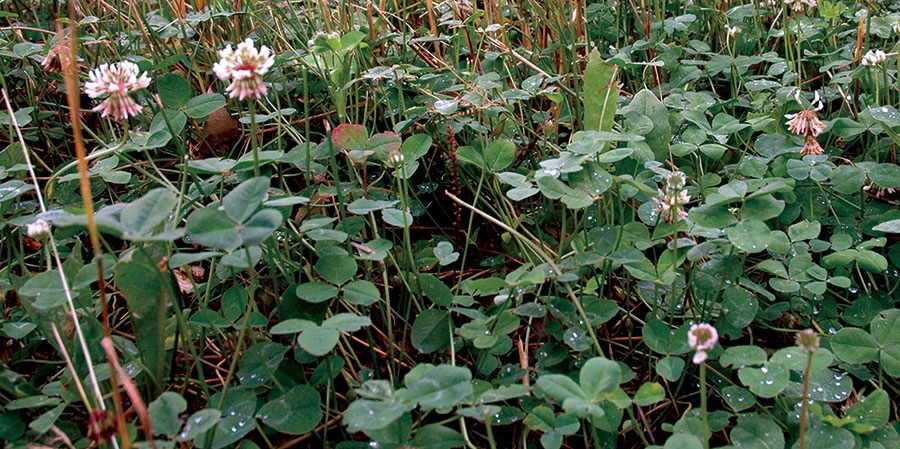
5 – Don’t Be Late (Rut)!
Also in 2018, Mark Turner from AU reported that late births from late ruts may lead to lower productivity for young does. Mark saw a 16% decline in pregnancy for yearling does that bred late in the season, though most recovered by their next breeding opportunity at 2½ years old.
6 – Even the Little Guys Win
Dr. Aaron Foley with CKWRI found in 2011 that even in well-balanced populations up to a third of the breeding is achieved by 1½- and 2½-year-old bucks in the herd. Specifically, they were more successful when few mature bucks were present. However, even when older bucks were around, the young bucks still bred, and Aaron surmised that they likely employ “alternative breeding” (AKA “sneaky”) strategies when competition is high or when does are plentiful.
7 – Soil Quality Impacts Yield, Not Nutrients
For years, deer managers have equated poor soil quality with poor nutrition, which allegedly meant poor quality bucks. It seemed plausible, especially when looking at the overlap on national maps of record-book bucks and the best soils. In 2015, Dr. Craig Harper from the University of Tennessee set out to better understand that concept. He asked, do soil nutrients truly influence plant nutrition? His students collected commonly eaten deer forage samples from around the country in five distinct soil productivity zones and presented the results at the QDMA National Convention. Surprisingly, Craig showed the nutrients available in a single plant species did not vary within that species, regardless of the soil it was growing in. Meaning, a pokeweed was a pokeweed was a pokeweed. It didn’t matter if it was growing in sand or loam, they all offered roughly the same percentage of macro and micro nutrients. He explained that what soil quality actually influences is plant yield, and in areas of better soil not only is there more agriculture occurring, but there are a lot more plants and plant biomass due to the elevated nutrients in the soil and they’re all getting more sunlight because of that predominant land use. More food, less effort.
As part of this landmark study, UT researchers showed that young plants and forbs are vital to a deer management program and that they typically meet nutrient and mineral requirements of deer. Craig and his co-authors wrote “We contend managing for high-quality forage (forbs) is more important than soil mineral variation with regard to providing deer adequate nutrition.”
8 – Big Sky Country, Not Just Montana
In different studies separated by nearly the span of the last decade, Dr. Marcus Lashley from UT (2011) and Mark Turner from AU (2020) showed us the value of opening the canopy for beneficial deer forage. They learned that girdling and spraying trees and large shrubs with a mix of herbicides with a goal to reduce the canopy by about 30% can realize more than 500% increase in biomass of deer forage! Both studies included low intensity fire at different intervals.
9 – Don’t Fertilize Those Oaks!
Jarred Brooke with UT set out to learn if fertilizing oaks helped make more acorns, and if not, do other predictable methods exist? More than 100 white oaks were evaluated for 10 years and rated as excellent, good, moderate, or poor acorn producers. Trees were exposed to treatments of crown release, fertilization for five years, a combination of the two or a control group. What he learned was a small portion of the trees were responsible for a majority of the acorn crop. In fact, about 40% of the trees produced about 70% of the acorns. He also discovered that the crown-release treatment produced a 65% increase in acorn production compared to untreated trees, and the crowns of released trees increased in size by 25% in the first year. Finally, Jarred showed the fertilized oaks did not produce more acorns than untreated trees. Meanwhile, the additional sunlight admitted into the forest increased understory forage, soft mast and fawning cover.
10 – Don’t Mow Those Food Plots!
Just this year, UT’s Bonner Powell found that mowing food plots provides little, if any, benefits with regard to nutritional quality or digestibility for deer. He measured perennial alfalfa and red clover plots and discovered that on average mowing them actually reduced biomass 23% and 30%, respectively. Yet there was no increase in nutrients realized. Meaning, the residual plants didn’t get more nutritious as a result! Bonner suggests to only mow perennial plots at the end of summer (or as necessary) to reduce weeds.
11 – “The Blob” is Real
Boy, we have learned a lot about CWD since 2010. For example, just in the last decade discoveries such as new and different ways CWD spreads among deer have been confirmed. Check out the graphic below for more information.
12 – Deer Go on Vacation
Basically everything we know about deer excursions has come to light since 2010, with research originating from multiple colleges and universities. We’ve learned that both bucks and does go on excursions, they are seen in all age classes, occur year-round, average about 1½ miles outside a deer’s home range and last roughly 10 to 20 hours. About half of bucks 2½ or older go on excursions, and of the bucks that do roughly half of them do it more than once a year.
13 – X Marks the Spot(s)
In 2018 Dr. Aaron Foley with CKWRI reported that bucks space out their visits to specific areas within their home range during peak rut, allegedly to assess does in heat. He found that bucks didn’t wander randomly at that time and that they only used 30% of their home range on average. Most bucks in the study had two or more focal points of 60 to 140 acres in size and revisited those spots frequently, roughly every 20 to 28 hours. Also, these focal points were locations where several bucks overlapped, each returning to the same location regularly.
14 – Yep, You Messed Up
Thanks to a suite of incredibly cool studies since 2010, we can unequivocally say that when you overhunt an area, the deer there respond in a negative way. Researchers from AU, MSU, University of Delaware (UD), UGA and others report that daytime use predictably decreases when areas are pressured, that deer move less and change their routes of travel to denser cover, that the threshold of “hunting too much” could be as little as a hunter on every 75 to 100 acres, and that deer also recognize when you aren’t there and return to normal patterns after three to four days. Being unpredictable in your own patterns and regularly changing up the locations and even the days of the week you hunt will help you stay in the game.
15 – Predator Removal Works… sometimes
Conflicting evidence has been published over the last decade regarding whether or not trapping and removing a predator like the eastern coyote can have a direct, positive effect on deer productivity. The growing library of research on this topic has taught us a few things. First, you can have an immediate impact, but the success of such efforts depends on the local circumstances of deer density, coyote pack characteristics, habitat quality, your neighbors and more. Second, predation of deer by coyotes varies greatly across the landscape, with deer in some areas experiencing greater predation by coyotes than deer in other areas. Third, coyotes have a split personality of sorts.
The Tri-State Coyote Project, led by Joey Hinton and Dr. Mike Chamberlin from UGA, discovered that there are two types of coyotes – residents (65%) and transients (35%). Residents maintain smaller territories of about 7 square miles, whereas transients move around the landscape and may cover more than 25 square miles. They found that when a resident was shot, trapped, or otherwise killed, a transient quickly filled the void. The results speak volumes in how you manage a deer herd in the context of predators.
16 – Fawns Die, Regardless of Predators
Justin Dion from UD discovered that even in the absence of predators, many fawns still die. Justin captured over 100 fawns in a place void of bobcats, coyotes and bears, and he tracked them over their first summer. He recorded a mere 45% survival. The greatest factors? Doe age, birth weight and rainfall all were key to living or dying. His findings suggest predators may simply be removing the “doomed surplus” – the fawns that would have died regardless of predator intervention. This scenario might explain why many studies have found predation to be the most important cause of mortality, as well as why some predator management efforts have been unsuccessful.
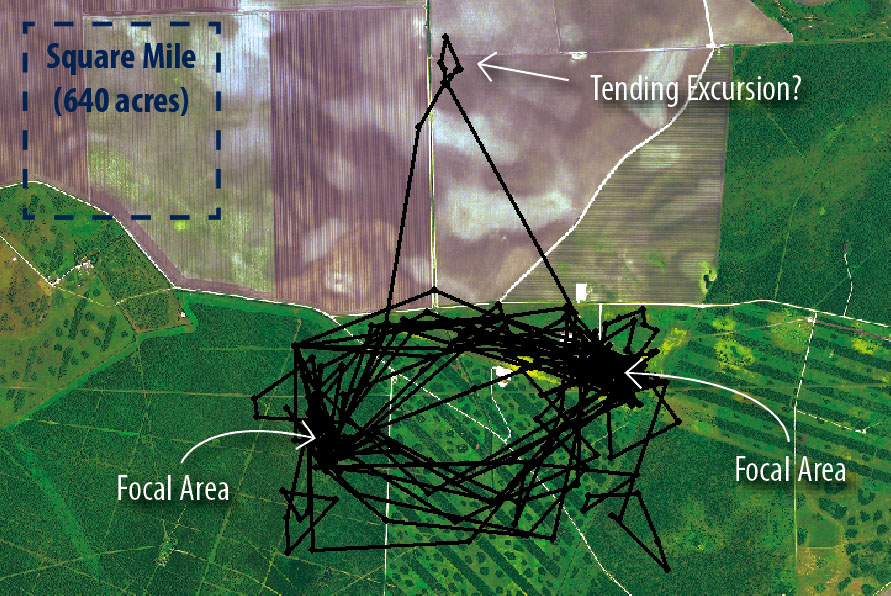
17 – Private Lands and QDM Cooperatives
In 2016, Luke Macaulay from UC Berkley reported just how important private land hunting is for conservation by estimating that approximately 440 million acres – roughly 22% of the United States – are either leased or owned for wildlife-associated recreation; hunting was the most widespread use, accounting for 81% of the total acreage (356 million acres).
That same year Anna Mitterling from Michigan State and later (2018) Hunter Pruitt from UGA showed us the importance of Cooperatives. Anna found that Cooperative hunters reported higher satisfaction with their hunting experiences than those who do not participate in Cooperatives, while Hunter reported that wildlife habitat quality is higher on Cooperatives than on surrounding lands in four states he studied.
18 – Public vs. Private Land Buck Survival
A first of its kind, Dr. Jacob Haus reported yearling buck survival rates on public vs. private lands. The survival rate within the UD study site was nearly 75 percent on private parcels, while it was only 37 percent for yearlings that spent any time on public hunting land during hunting season. Yowza.
19 – QDM Works…
Research since 2010 from South Carolina, Tennessee, Oklahoma and more prove that organized, hunter-led QDM programs absolutely produce an older buck age structure, maintain a balanced doe age structure, increase per-hunter harvests, maintain a healthy deer herd within habitat constraints and reduce the effort required to observe deer. They also make happier hunters. This has all been shown through measured, peer-reviewed scientific analysis.
The take-home message? With most whitetail hunting occurring on private land, and the knowledge that you can take control of your destiny, work with your neighbors and improve your hunting, QDM is the future (or, it’s already here).

20 …Culling Doesn’t
Donnie Draeger and his co-researchers from Texas tested the effectiveness of culling bucks at a scale of 100,000 acres over 10 years. They set up three areas: “intensive” and “moderate” culling treatments, and a “control” area with no culling. Other than size, the three areas were similar in habitat and herd characteristics. For the last seven years, bucks that were captured in the intensive and moderate areas that did not meet their culling criteria were removed. The rest of the bucks were released, including all bucks captured on the control area. After all that time, what did they find? It didn’t work. They found that the futility of culling is we can’t predict the antler quality of a buck’s offspring simply by looking at his antlers.
As you can see, we’ve learned an absolute ton about deer and how to hunt them over the last decade. What excites me even more, though, is that there is so much more to learn about them, as we don’t have it all figured out.
I hope you follow along as we support and report on new findings of scientific research as it is available. And, I’ll try and do my best to get it into your hands the best and fastest way possible. One way you can help is by joining or renewing your membership, giving back through a donation, or by participating in one of our national or local fundraisers – as many dollars we raise goes to funding the kind of research you just read about.
Author: Matt Ross


